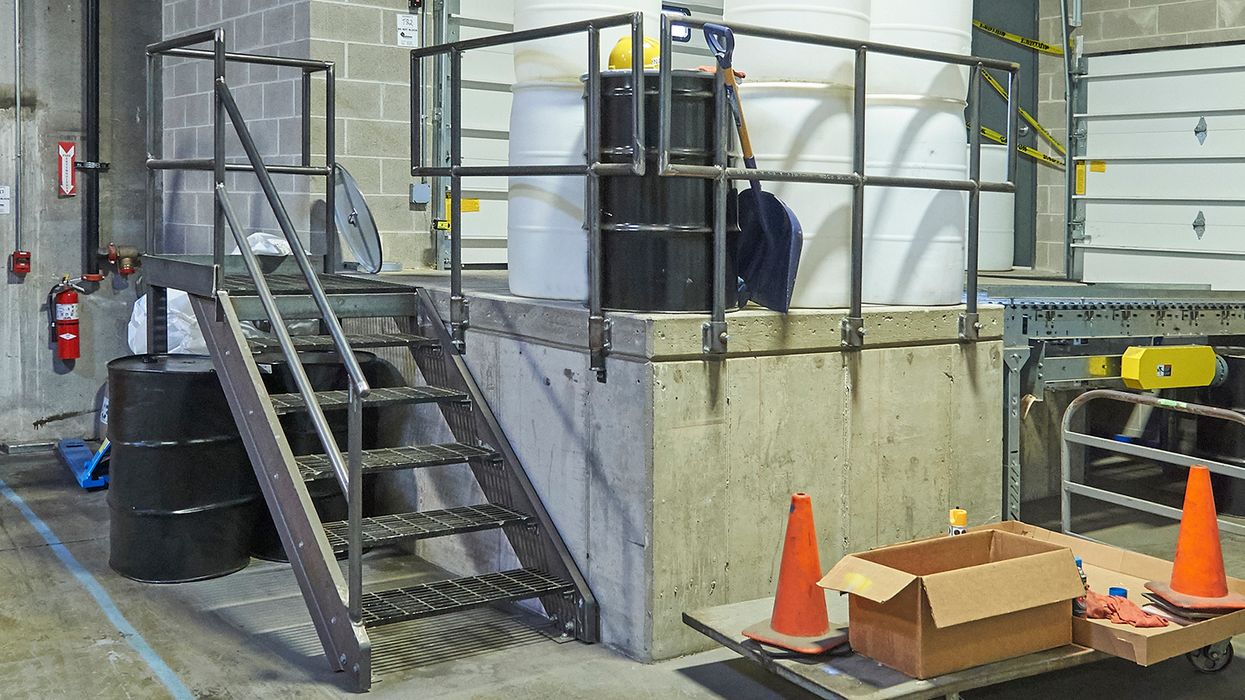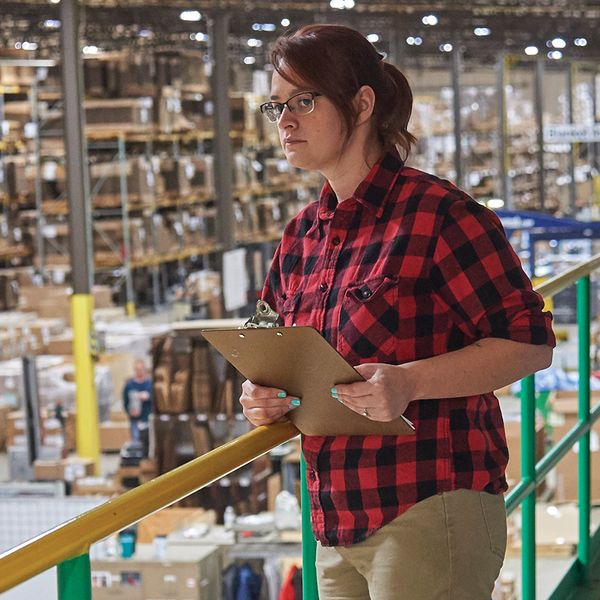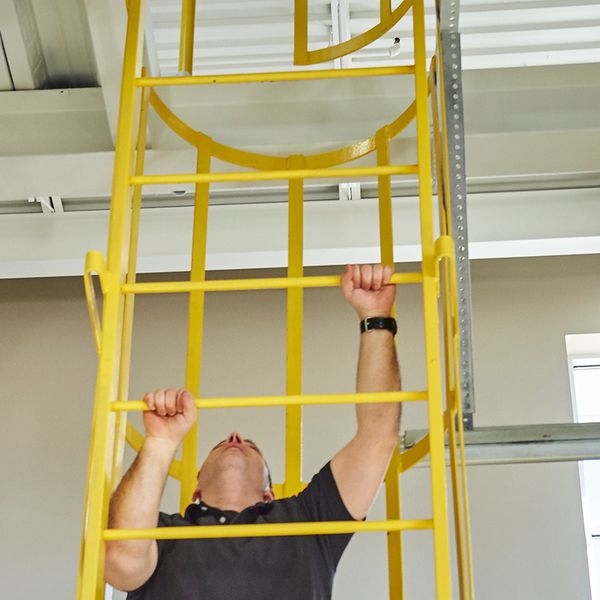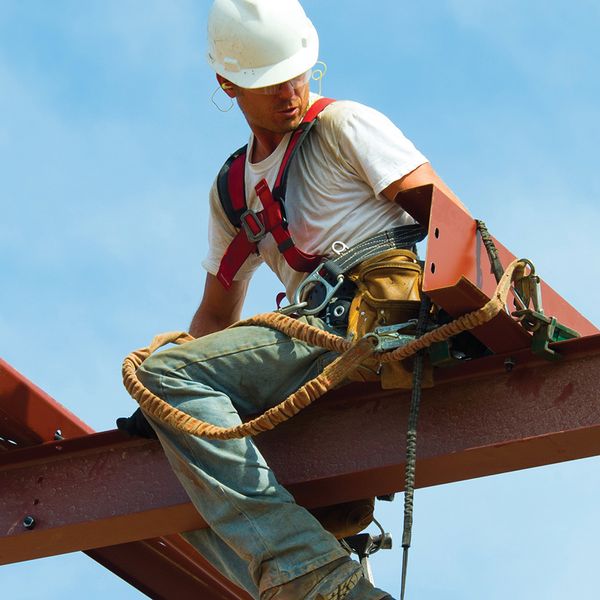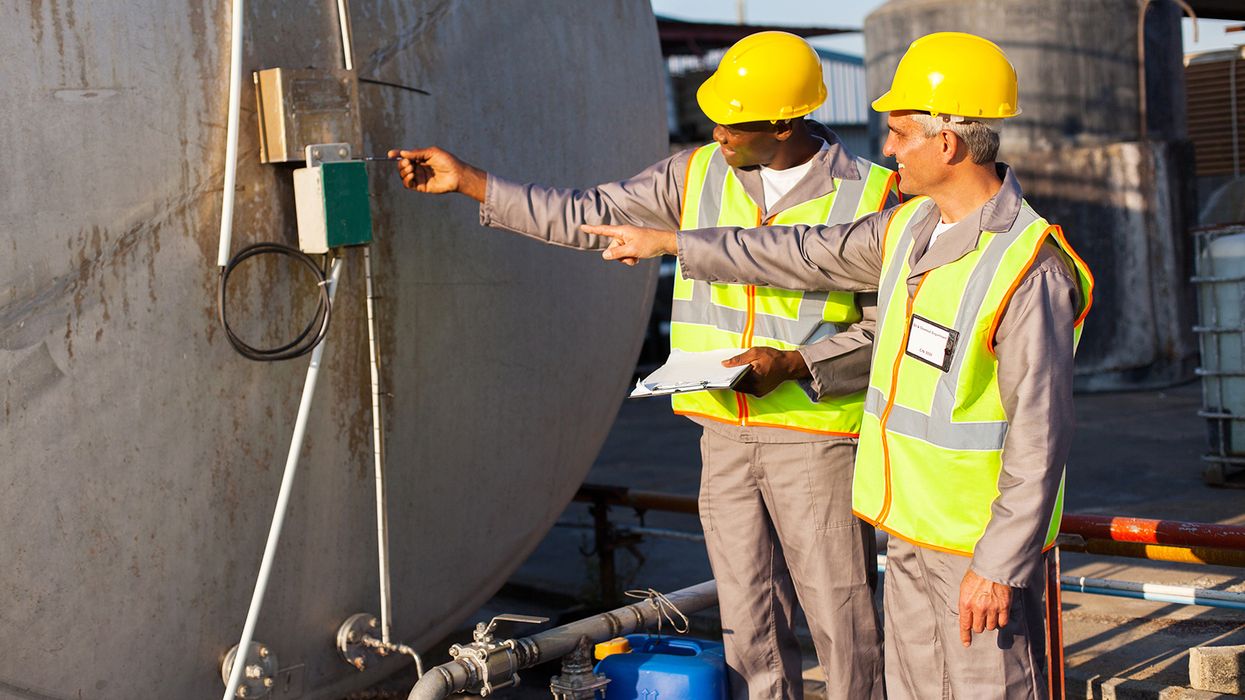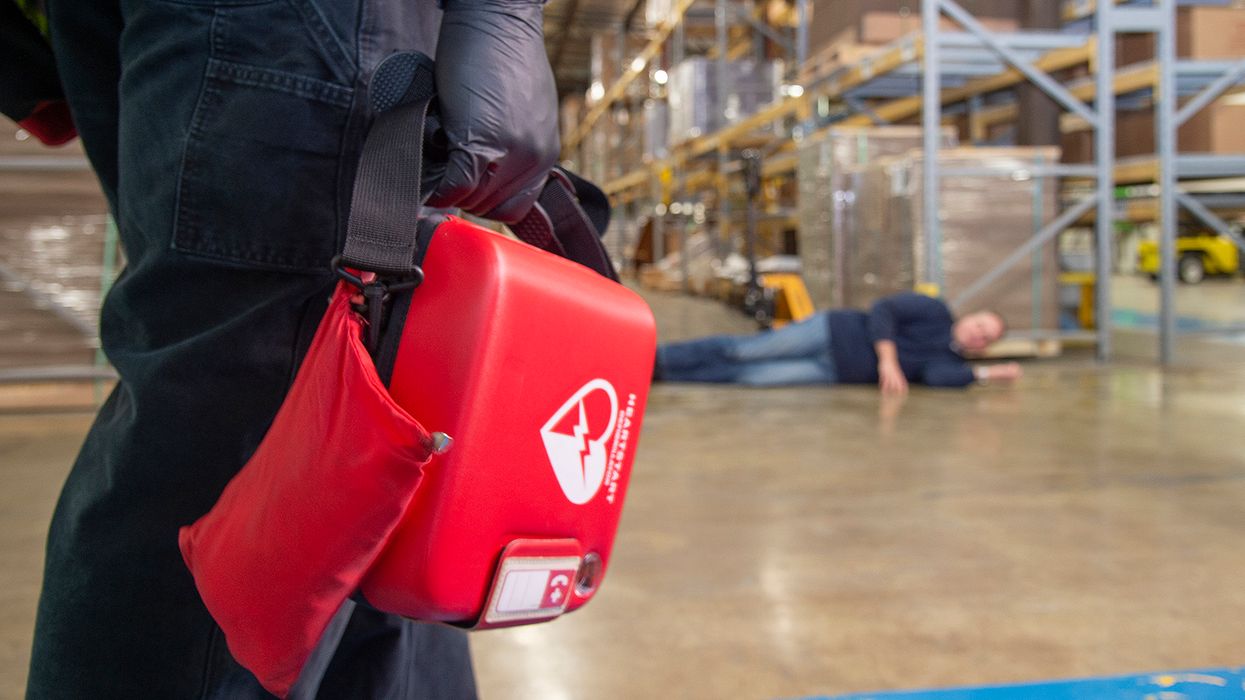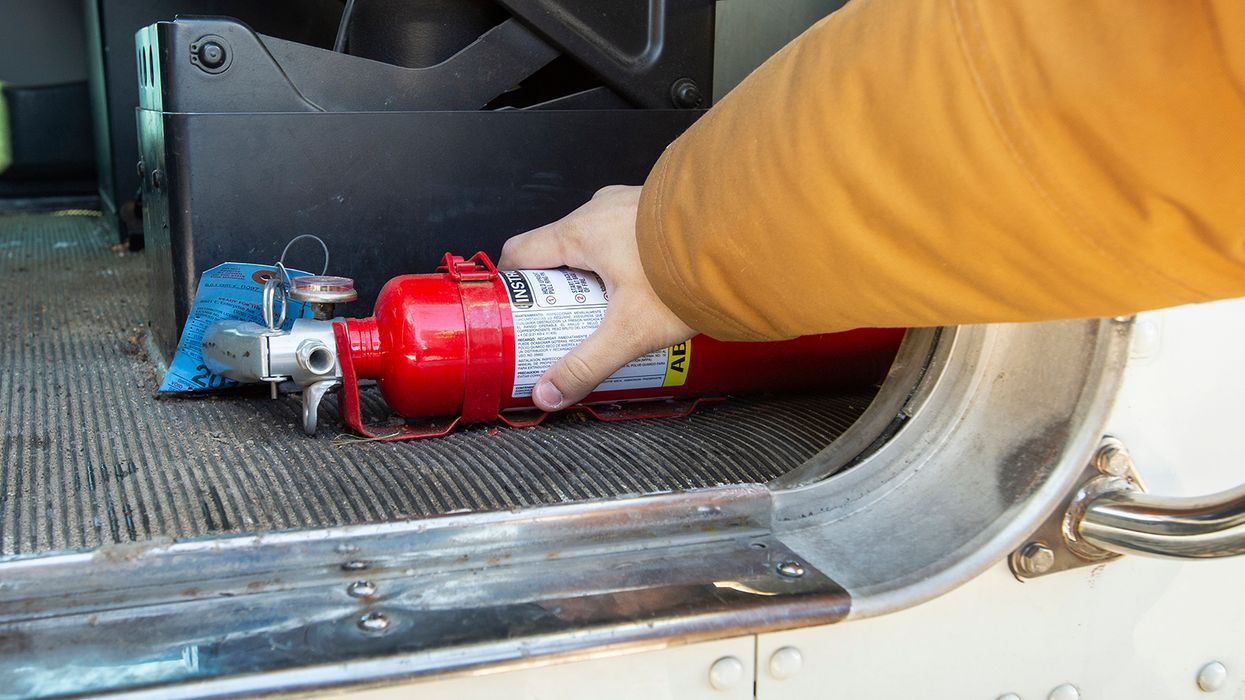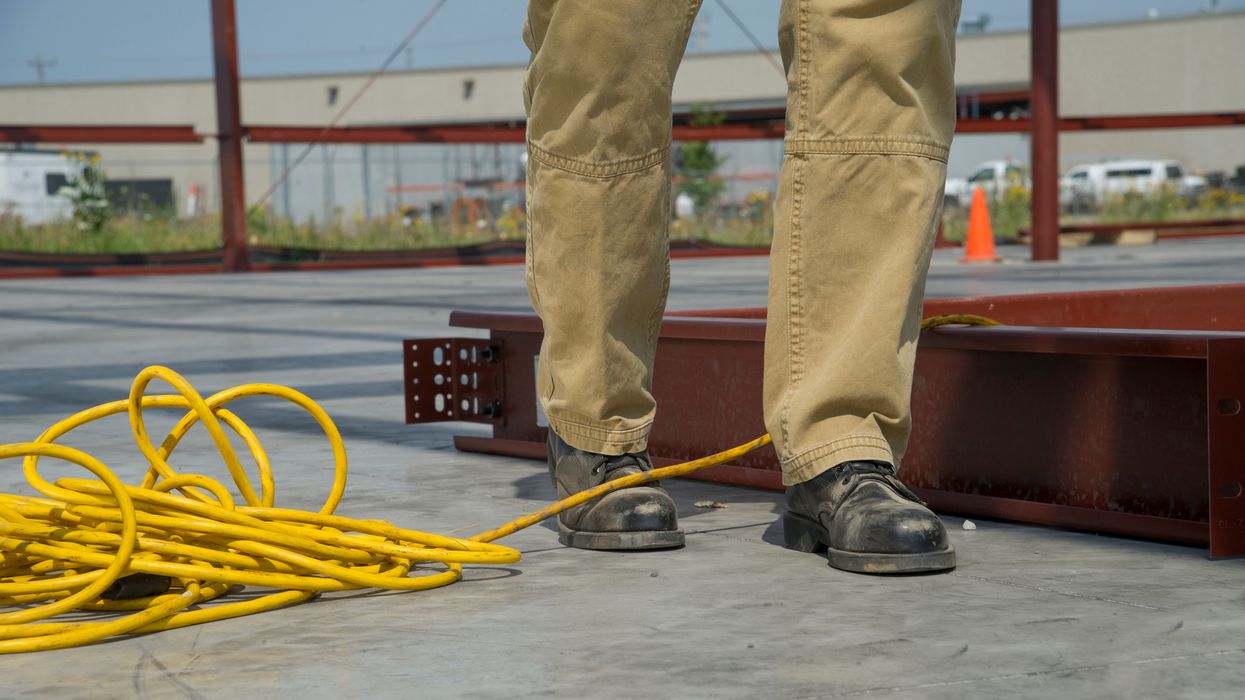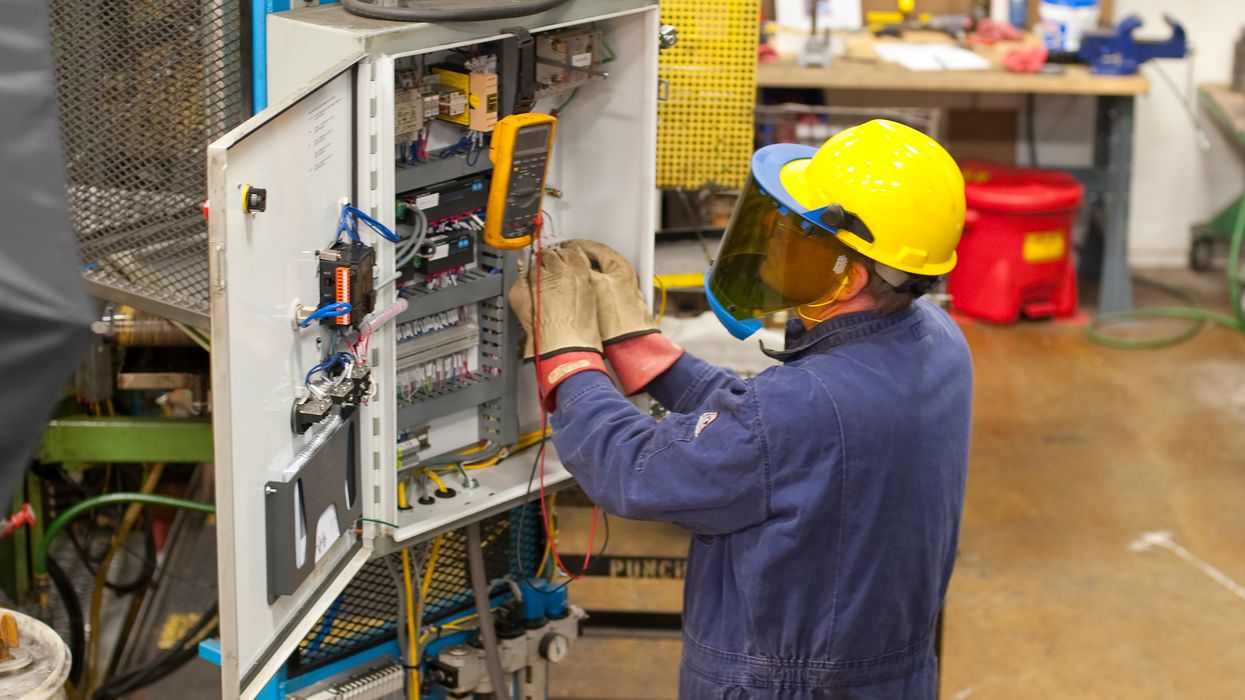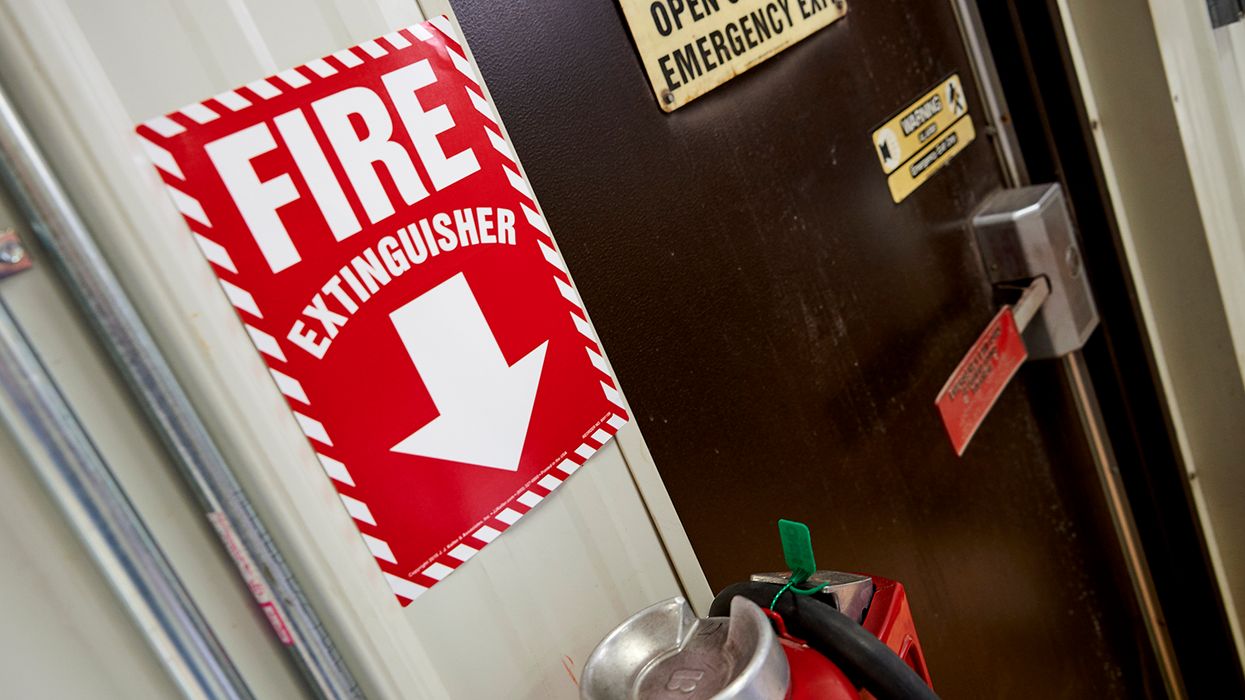Misconceptions on dock chains, wheel chocks, fixed ladders and more
Our experts regularly receive questions on loading docks and fall protection, particularly since OSHA revised the regulations in 2017. Here are answers to some of common questions.
Can we use rope or chain as fall protection on loading docks?
Yes, if you install it correctly. Most docks are four feet or higher and require fall protection if the door is open without a trailer in place. Rope or chain must be equivalent to a guardrail, which requires a top rail and mid rail. A single chain is not acceptable.
Per 1910.29(b), the material must be at least one-quarter inch in diameter. The top rail must be 42 inches high, plus or minus 3 inches, for a range of 39 to 45 inches. The top rail cannot sag or deflect to within 39 inches of the surface under 200 pounds of force, and should be tight enough to prevent a worker from falling between the chains and the dock edge.
Are wheel chocks required at loading docks?
Employers must use some method to prevent the trailer from moving. OSHA gives examples of wheel chocks, but other options can work, such as dock locks. Even if the dock ramp is inclined downward, OSHA still requires chocks.
Note that OSHA’s directive STD 01-11-007 uses the term “mechanical means” instead of the term “dock locks.” Also, a Letter of Interpretation dated March 7, 2011, clarified that the Federal Motor Carrier Safety Administration (FMSCA) provision for relying on trailer brakes applies only to employers that are motor carriers. Other employers must ensure that forklift operators secure the trailer from movement before entering.
Do fixed ladders need cages?
Fixed ladders over 24 feet high that were installed prior to November 19, 2018, must have a personal fall arrest system, ladder safety system, cage, or well per 1910.28(b)(9)(i)(A). Employers must update those ladders with a fall arrest or ladder safety system by November 18, 2036.
OSHA previously required cages or wells on fixed ladders over 20 feet but removed that requirement in 2017. Employers often install cages on ladders under 24 feet for various reasons, such as limiting access, but OSHA does not require this. For related information, see our article, Planning fixed ladder fall protection upgrades.
Can we use designated areas on flat roofs?
A personal fall arrest or travel restraint system is required for work within 6 feet of the edge, but a designated area can be an option for work further from the edge. It can be used on low-slope roofs in two situations:
- If the work will be at least 6 feet (but less than 15 feet) from the edge, a designated area may be used if the work is infrequent and temporary, such as changing an air conditioner filter once per month.
- If employees will be working 15 feet or more from the edge, a designated area may be used even if the job will take several days or weeks.
Surprisingly, if employees will be at least 15 feet from the edge and the work qualifies as infrequent and temporary, no fall protection is required (not even a designated area). OSHA offered clarification on the terms “infrequent” and “temporary” in a Letter of Interpretation dated June 12, 2020.
Key to remember: The fall protection requirements in the Walking-Working Surface regulations raise many questions, but OSHA has published some clarifying guidance.

